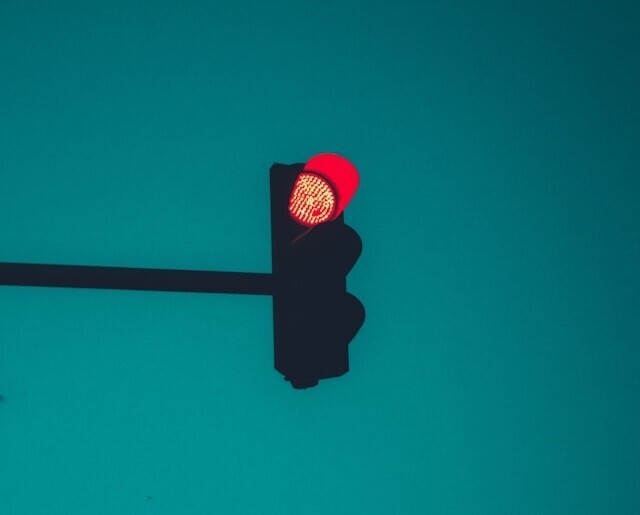After 11 days of intense fighting, Israel and Hamas have agreed to a ceasefire, bringing an end to the deadliest conflict between the two sides in years.
The ceasefire, which was brokered by Egypt, went into effect on Friday morning, with both sides agreeing to stop all hostilities. The agreement also includes a prisoner exchange between Israel and Hamas, with the release of Palestinian prisoners in exchange for the remains of Israeli soldiers held by Hamas.
The conflict began on May 10, when Hamas launched rockets into Israel in response to clashes between Israeli police and Palestinian protesters at the Al-Aqsa Mosque in Jerusalem. Israel responded with airstrikes on Gaza, which is controlled by Hamas.
The violence quickly escalated, with both sides exchanging fire and causing widespread destruction and casualties. According to the Gaza health ministry, at least 232 Palestinians, including 65 children, were killed in the airstrikes. On the Israeli side, 12 people, including two children, were killed by rocket fire from Gaza.
The ceasefire was welcomed by both sides, with Israeli Prime Minister Benjamin Netanyahu saying that the operation had achieved its goals and that Israel had dealt a heavy blow to Hamas. Hamas also declared victory, with its leader Ismail Haniyeh saying that the ceasefire was a “victory for the Palestinian people.”
The ceasefire has been met with relief and celebration by civilians on both sides, who have been living in fear and uncertainty for the past 11 days. In Gaza, people took to the streets to celebrate, waving Palestinian flags and setting off fireworks. In Israel, people gathered in the streets to celebrate the end of the conflict.
The ceasefire has also been met with international support and calls for a lasting peace between Israel and Palestine. U.S. President Joe Biden praised the ceasefire and said that the U.S. would work with the United Nations and other international partners to provide humanitarian aid to Gaza and help rebuild the region.
The United Nations also welcomed the ceasefire and called for a “sustainable and durable” peace between Israel and Palestine. UN Secretary-General Antonio Guterres said that the UN would work with all parties to ensure that the ceasefire holds and to address the root causes of the conflict.
The ceasefire has brought a temporary end to the violence, but the underlying issues between Israel and Palestine remain unresolved. The conflict has once again highlighted the deep divisions and tensions between the two sides, and the need for a long-term solution to achieve lasting peace.
The prisoner exchange included in the ceasefire agreement is a small step towards reconciliation, but much more needs to be done to address the root causes of the conflict and to ensure the safety and security of both Israelis and Palestinians.
As the ceasefire holds, it is hoped that both sides will use this opportunity to engage in meaningful dialogue and work towards a peaceful resolution. The international community must also continue to support efforts towards a lasting peace and address the humanitarian crisis in Gaza.
The ceasefire may have brought a temporary end to the violence, but the ultimate goal must be to achieve a lasting peace between Israel and Palestine. Only through dialogue, cooperation, and a commitment to finding a just solution can this goal be achieved.



